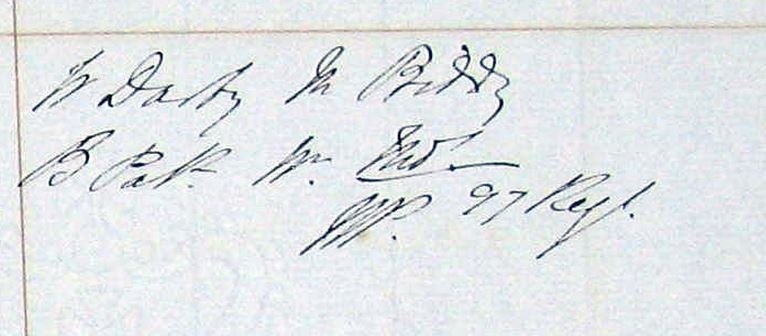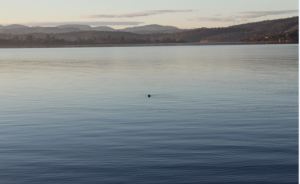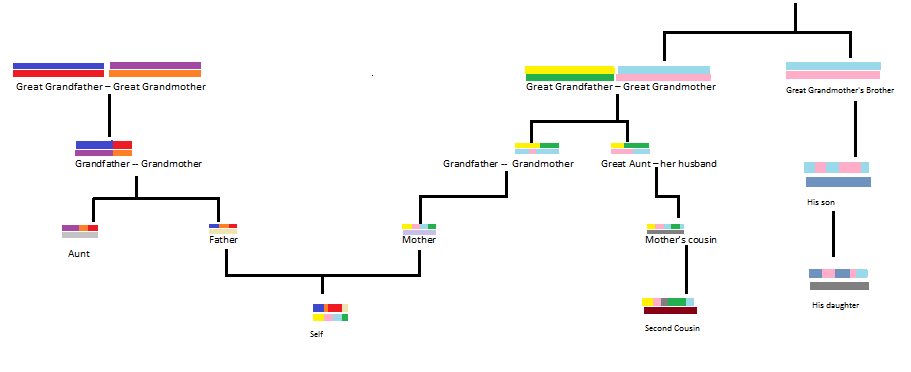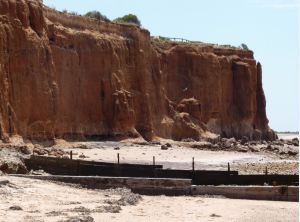My first two projects are probably useful for someone but did not really sate my desire for involvement, so I went looking for more.
THE READING PROJECT – a surname project.
For those with surname Reading/Redding/Reddin/Redden etc etc.
My ancestor here is Darby Reddan, and you’d think with a name like that I’d have found something about him. But NO! He did exist, but I really haven’t touched anything that makes him a real person. He is a shadow and I just take it on faith that he lived a full life.
My paternal grandmother’s maiden name was Reading. She was a younger child of her father Thomas Reading’s second marriage and he was aged 55 when she was born. Thomas Reading born 1863 in Kempton, Tasmania was my earliest-born great grandparent. His father, in turn, was John Reading/Redding/Reddin born in Tipperary in 1820. John lived a full and it seems very interesting life before marrying at the age of 38 to a girl still in her mid-teens (there’s a lot of that amongst my ancestors).
John Reddin is by a whole 24 years the earliest born of my great great grandparents. This gives me a DNA window into a generation which some need quite elderly relatives to reach. If I can only talk my father into DNA testing who knows what I’d find!
John Reddin told us on various official records that his father was Darby Reddin of Tipperary in Ireland. I have found one likely candidate – Darby Reddan born 1800 who died 1883 in Borrisokane, Tipperary, Ireland. But this is not confirmed as my ancestor yet. I’d quite like DNA matching to resolve this one.

John Reddin’s family details on his arrival in Tasmania. Still trying to deduce his mother’s name. It says F: Darby, M: ? Brothers: Patrick, William, Thomas at Native Place (Tipperary). 97th Regiment (John was a soldier).
The Reading DNA project has a responsive manager who is seeking her own Readings in Borrisokane, Tipperary, and maybe we will find a link. She made the very good suggestion that I find some Reading males to YDNA test. I have found two, both rather elderly, but they live interstate and in a world without internet where the telephone is connected in an unheated hallway and used only in emergencies. I would have to fly there, convince them in person and pay for everything. If I had the funds, I’m quite willing. But we are looking at over a thousand dollars. I’ll wait for a miracle.
This project is hosted on WorldFamilies rather than by FtDNA, however it can be accessed via FtDNA projects. I like the forums and the posted pedigrees which show some of the Reading families who are endeavouring to trace their origins. It is set up very nicely for YDNA and MtDNA, however, I think autosomal DNA is somewhat overlooked. In my mind, just because IBS is an issue doesn’t mean a potential match should be ignored. Most of us have followed many a paper trail that was easily as tentative and felt it was an avenue worth exploring, even if only to eliminate the possibility. However, joining this project certainly helped me feel as if I was in a group working towards a common goal.
NORMANITES PROJECT
I came to this project in a very different way. Seeking my connection with that 2nd-4th cousin of mine and with my Prince Edward Island cousins, the Normanites Project continually appeared in my google searches. This project was tracing a special group of people: Scottish settlers at Prince Edward Island who had then left the island with the Reverend Norman McLeod in the 1850s and come to Australia. They came first to South Australia where some already had family, then to Victoria and eventually the main group headed for New Zealand where they stayed. All along the way, some of them dropped off and made homes. Children were born en route, some passed away. The long journey gave them roughly five years of nomadic existence and they are brick walls for many of their descendants who really want to get their lines back to the Scottish homeland.
In the end, after about the 100th time I found a snip of one of their pages in my google search, I sent an email to the manager and explained that I was not a descendant of their group but the surnames were the same surnames that I was seeking – McLeod, McEachern, McIsaac and Morrison. I wondered if the administrator might be able to compare my kit against those in the project to see if I had a connection.
This was the beginning of a whole new stage in my DNA research. The administrator was prompt in her reply and explained that she was unable to simply match my kit but she invited me to join the group. I accepted the invitation. Within 24 hours she had not only examined my details but she had sent an invitation to my potential cousin who also shared surnames with the group, and provided me with a detailed analysis of my chromosomes in relation to her project.
Over the next week, this lady taught me more than I guessed there was to learn. She showed me where I had ‘hot spots’ and who I should contact to identify common ancestors. She taught me about creating trees for any likely match and about building them out to seek our common surnames or locations. She taught me how to use gedmatch properly. I realised that with even harder work I could learn a whole lot more. I needed to do a whole lot more research.
I emailed the cousins she suggested I contact, and went back to the paper trail to verify what I could of my previous research. It would, I felt, be quite embarrassing to have so many people working to help me and then find that I’d been lazy and providing wrong data.
I had about six family trees to create, and a whole lot of paper records to view.





